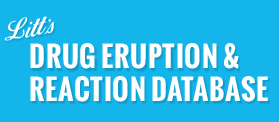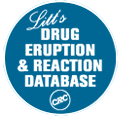Acute Hemolysis: Avoid abrupt interruption or abrupt discontinuation of mitapivat to minimize the risk of acute hemolysis. A gradual reduction in dosing rather than abrupt cessation is recommended when possible.
In a clinical trial with male patients with pyruvate kinase deficiency receiving mitapivat, increases in serum testosterone and decreases in serum estrone and estradiol were observed. These changes in hormones persisted throughout the study period. In patients who discontinued mitapivat and had follow-up hormone measurements, the hormone changes returned close to the baseline levels 28 days after discontinuing mitapivat.
- TRADE NAMES: AG-348; Pyrukynd (Agios Pharmaceuticals Inc)
- INDICATIONS: Treatment of hemolytic anemia in adults with pyruvate kinase deficiency.
- CLASS: Pyruvate kinase activator
- HALF-LIFE: 3–5 hours
- FDA APPROVAL DATE: 02/17/2022
- CLINICALLY IMPORTANT, POTENTIALLY HAZARDOUS INTERACTIONS WITH:
CYP2B6 substrates, CYP2C substrates, CYP3A Inducers, CYP3A Inhibitors, CYP3A substrates, ethinyl estradiol, hormonal contraceptives, P-gp substrates, UGT1A1 substrates - PREGNANCY: Insufficient evidence to evaluate for a drug-associated risk of major birth defects, miscarriage or other adverse maternal or fetal outcomes in normal pregnancies. (Untreated pyruvate kinase deficiency in pregnant women may precipitate acute hemolysis, pre-term labor, miscarriage and severe anemia requiring frequent transfusion. Additionally, preeclampsia and severe hypertension have been reported).
Please login to view the rest of this drug profile.
Page last updated 08/11/2023




